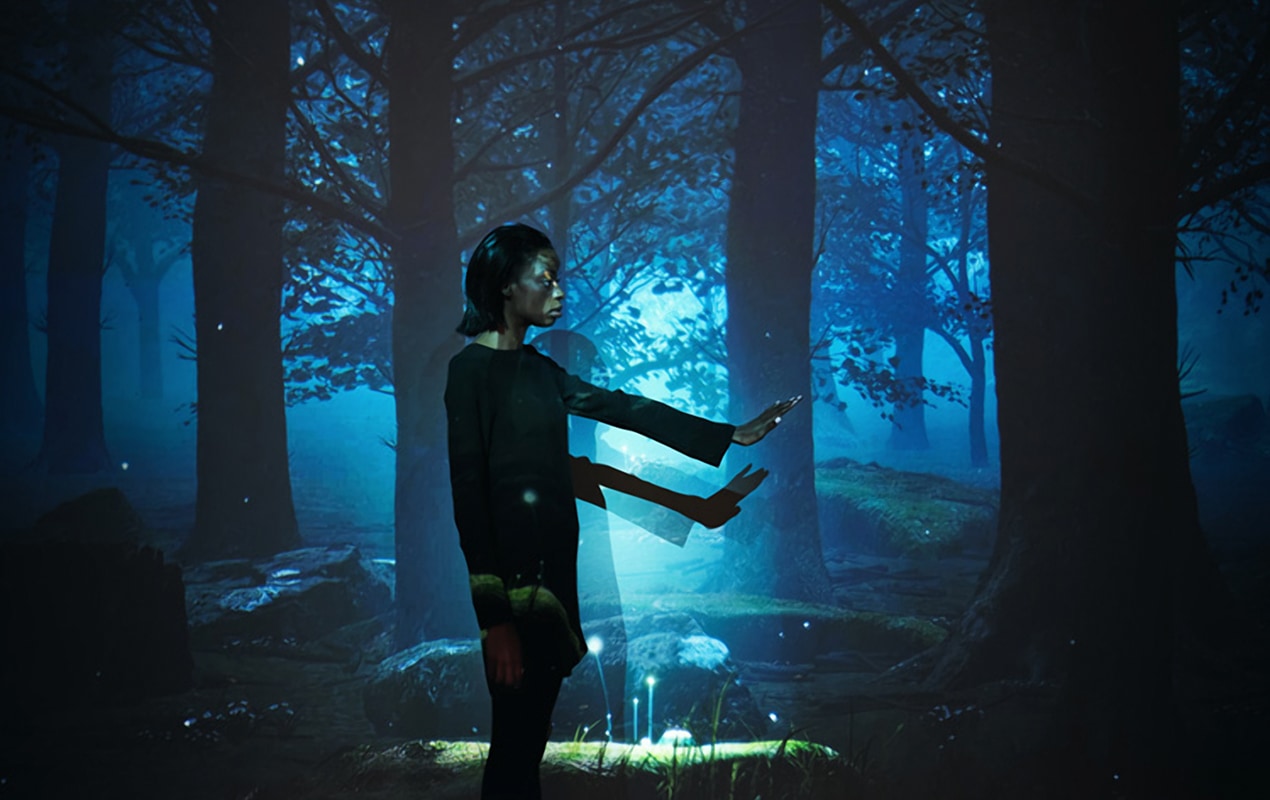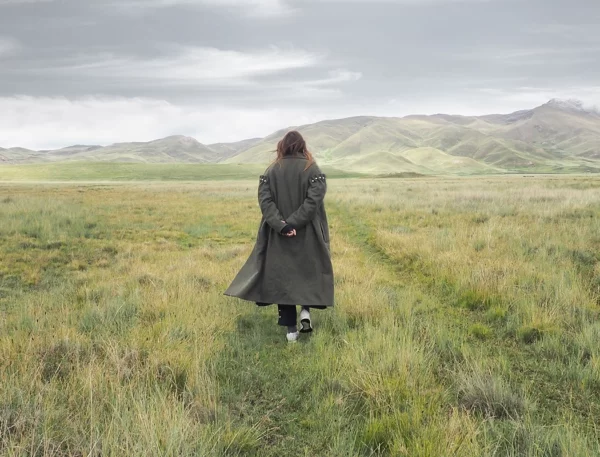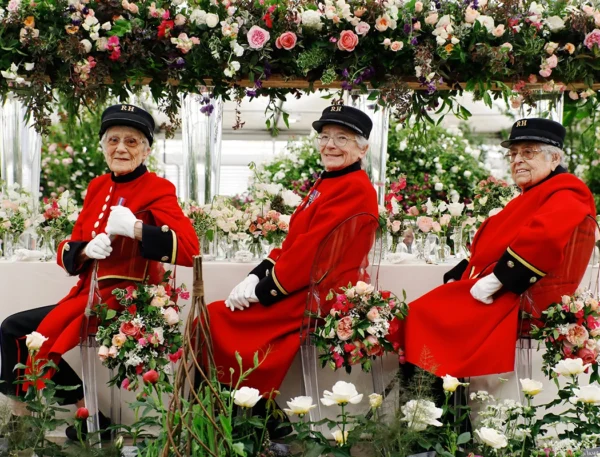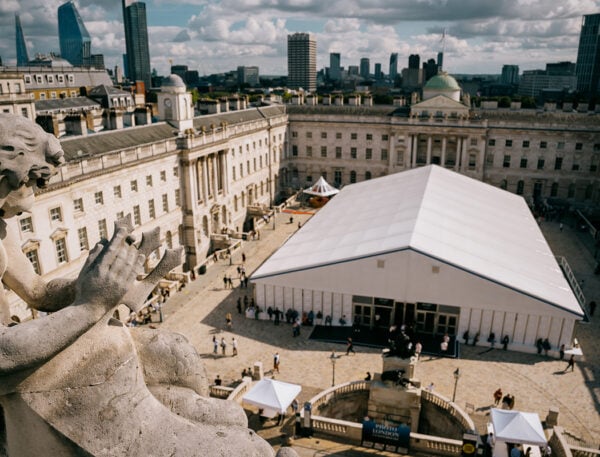With the upcoming COP26 in Glasgow bringing global attention to the environmental emergency, there has never been a better time to examine the way we live and try to find new systems for solving the climate crisis. Now some of the capital’s brightest thinkers and biggest cultural establishments have put their heads together to address just this issue. From the Design Museum’s new show on waste to the Natural History Museum’s practical tips for healing our broken planet, these are the unmissable eco art exhibitions in London.
Until 20 February 2022
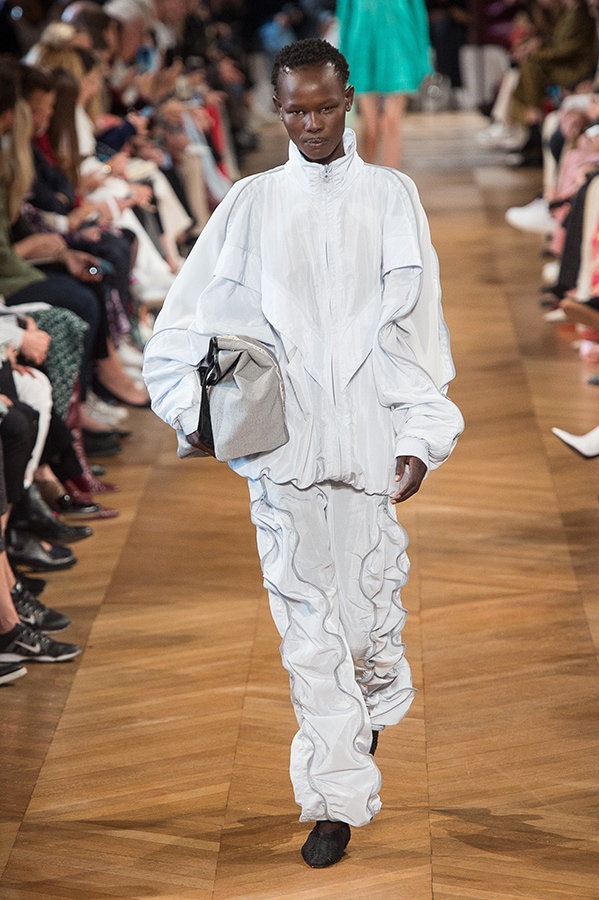 Pin
Pin 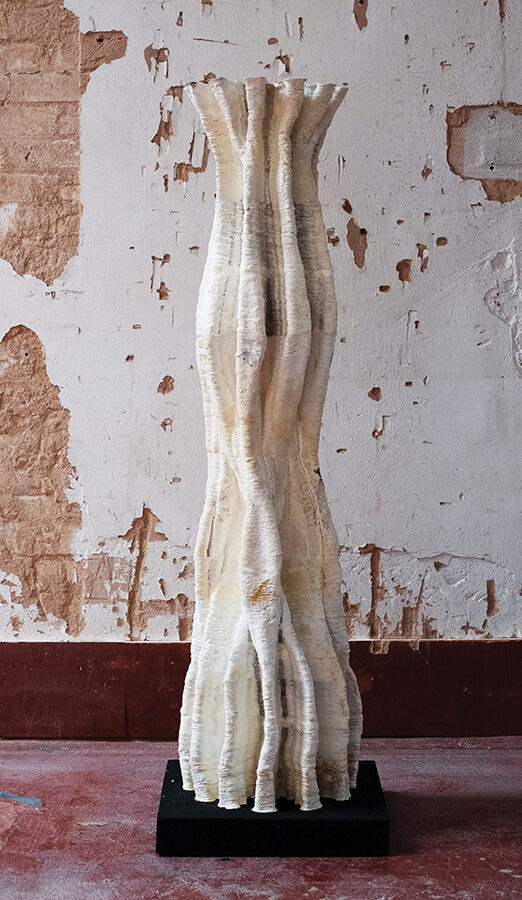 Pin
Pin This new exhibition at the Design Museum puts waste front and centre as it asks a simple question: What can the design world do to tackle the ever-increasing strain rubbish is putting on our planet? The answer, it turns out, is quite a lot, with 300 objects on display across fashion, food, electronics, construction and packaging to show how we can find the lost value in our trash and pave the way for a more circular economy. Highlights include pieces from visionary designers who are reinventing our relationship with waste, including Stella McCartney, Bethany Williams and Phoebe English, as well as a large-scale waste tracker that demonstrates exactly how rubbish moves across the globe.
Until September 2022
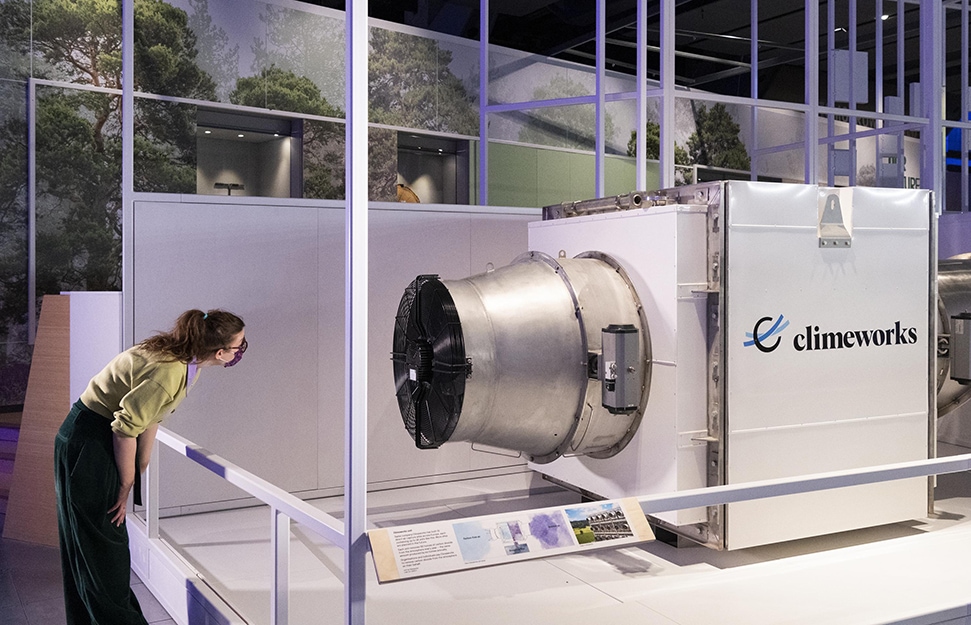 Pin
Pin The role of carbon capture in the fight against climate change is the main focus of this large-scale exhibition, the first major show in the UK to address the topic. Concentrating on the cutting-edge technologies currently being developed to remove carbon dioxide – the most significant cause of climate change – from the atmosphere, this eye-opening exhibition explores techniques for preserving ancient woodlands, capturing CO2 from the air and installing systems to prevent it leaving power stations and factories, as well as taking a closer look at the unexpected everyday items that can be made out of the gas, everything from cutlery and sunglasses to vodka.
Permanent Exhibition
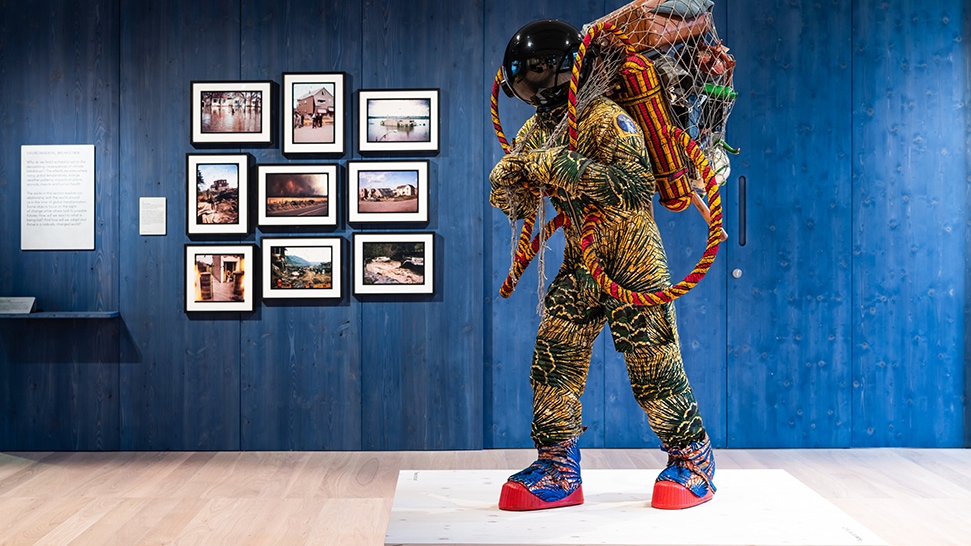 Pin
Pin This permanent exhibition, which first opened in 2019, explores just what it means to be human in the 21st century through four different sections: Genetics, Minds and Bodies, Infection and Environmental Breakdown. Posing different questions across each section –like ‘why do we sometimes act like we value some lives more than others?’ and ‘why is it so hard for us to act on climate change when its effects are already here?’ – the show is crammed full of innovative exhibits, including an abstract sculpture by Tasha Marks that aims to capture the unique smell of breastmilk and a centrepiece work by British-Nigerian artist Yinka Shonibare, Refugee Astronaut, which serves as a metaphor for the post-apocalyptic future we might all be hurtling towards.
Until 18 November 2021
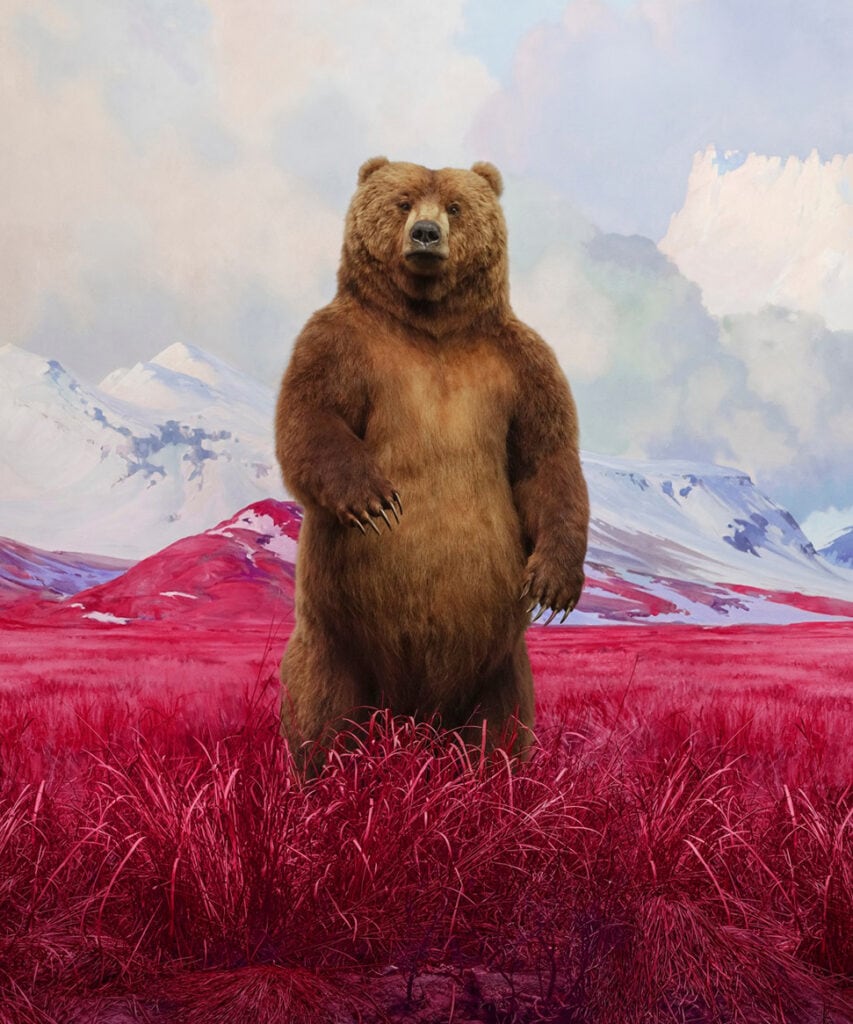 Pin
Pin British artist Jim Naughten has taken over Fitzrovia’s Grove Square Galleries with a series of new works for his solo exhibition, Eremozoic, which addresses our current disconnection from the natural world through a series of vivid digital works. First coined by biologist E O Wilson, the Eremozoic Age describes today’s era of the Earth’s development, which is characterised by a period of mass extinction provoked by human activity, presented here in Naughten’s overly-saturated depictions of nature.
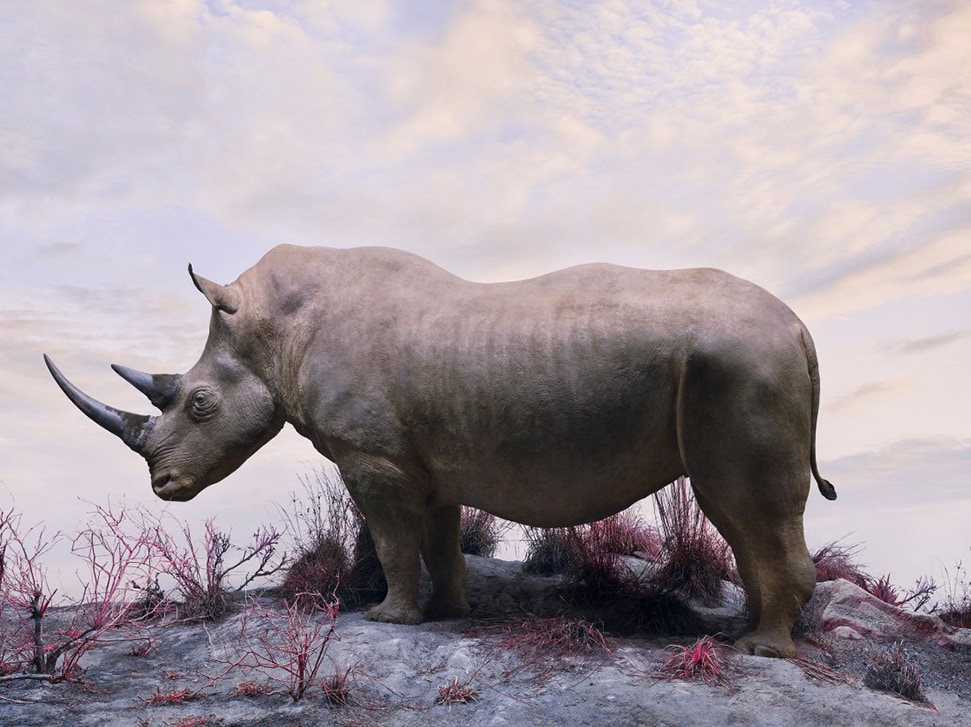 Pin
Pin Using a mix of photography and painting designed to show just how estranged we have become from the world around us, where orangutans swing through technicolour forests and deer roam in fluorescent canyons, his fantastical works blur the boundaries between fact and fiction, imagination and reality.
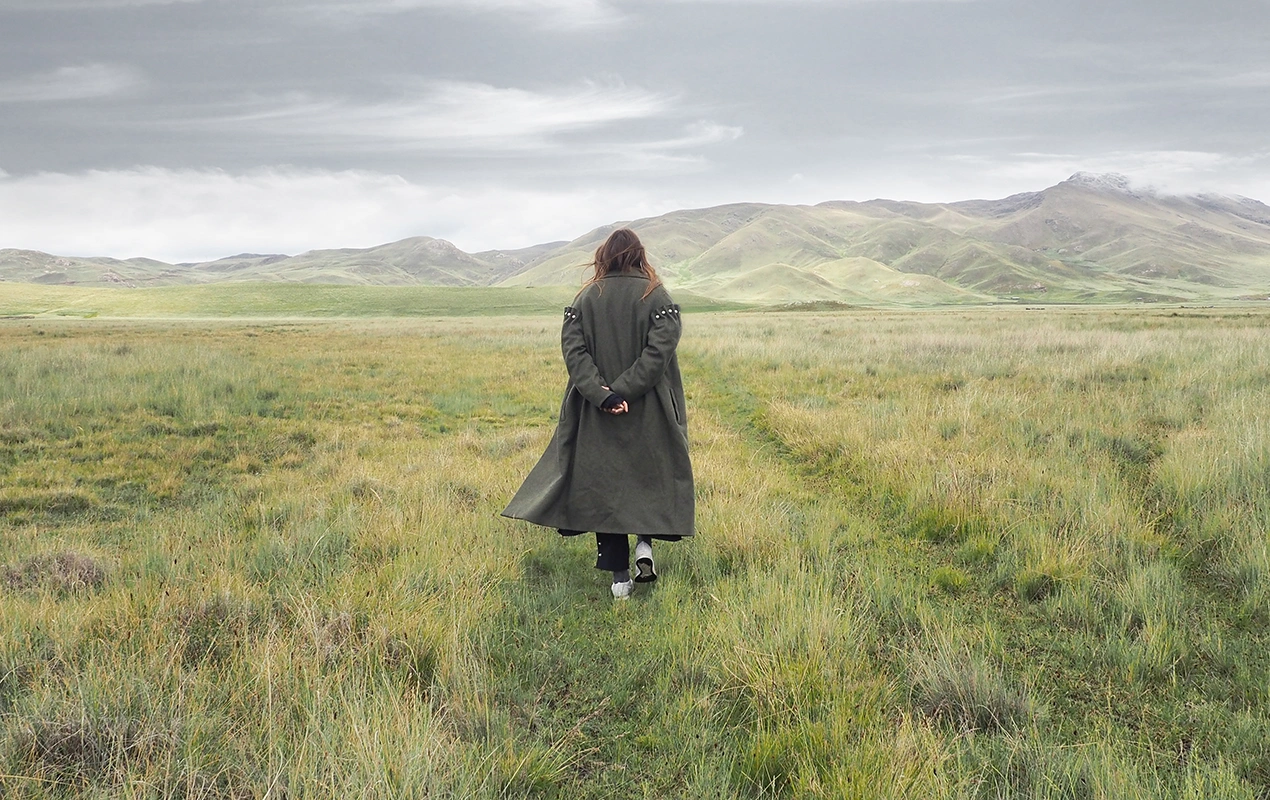 Pin
Pin Until 18 April 2022
 Pin
Pin While tackling the current climate emergency can seem like a scary prospect, this exhibition at the Natural History Museum is designed to provide hope to those currently struggling with the issue, and offer some practical steps we can all take to help get things back on track. Curators have scoured the 80 million objects in the museum’s vaults and whittled them down to the 40 that best reflect the consequences of our actions, with everything from enormous marlin skeletons and giant butterflies on display.
Opened in three sections across the year – Eating the Earth, which looks at how we can create a more sustainable food system; Nature for Sale, exploring the resources we use; and Climate Emergency, which shines a spotlight on the green energy revolution – it provides practical, actionable solutions to some of the world’s biggest problems.
Until 31 March 2022
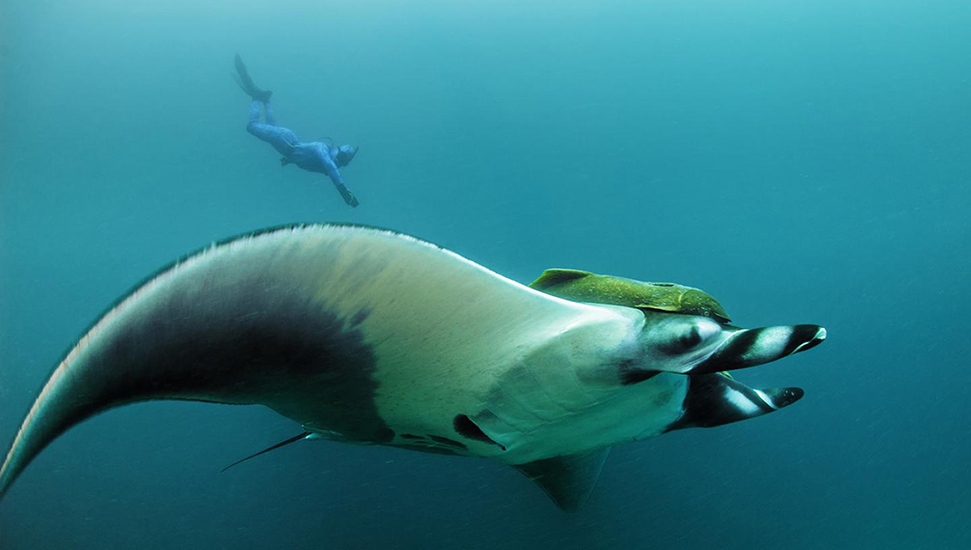 Pin
Pin Using remarkable images captured by those working in the maritime industry, this photography exhibition takes a deep dive into life at sea. From the works of Cezar Gabriel, who’s lived and worked on remote oil tankers for over 20 years, to conservation photographer Dr Jennifer Adler’s underwater snaps and marine ecologist Octavio Aburto’s otherworldly images of coastal ecosystems, the exhibition brings to life a world so rarely seen but relied on so much, for everything from food and energy to transportation services. From the reefs of Mexico to the isolated plains of Antarctica, it offers a fascinating insight into the lives of those who use our seas and oceans as their offices.
Until 6 February 2022
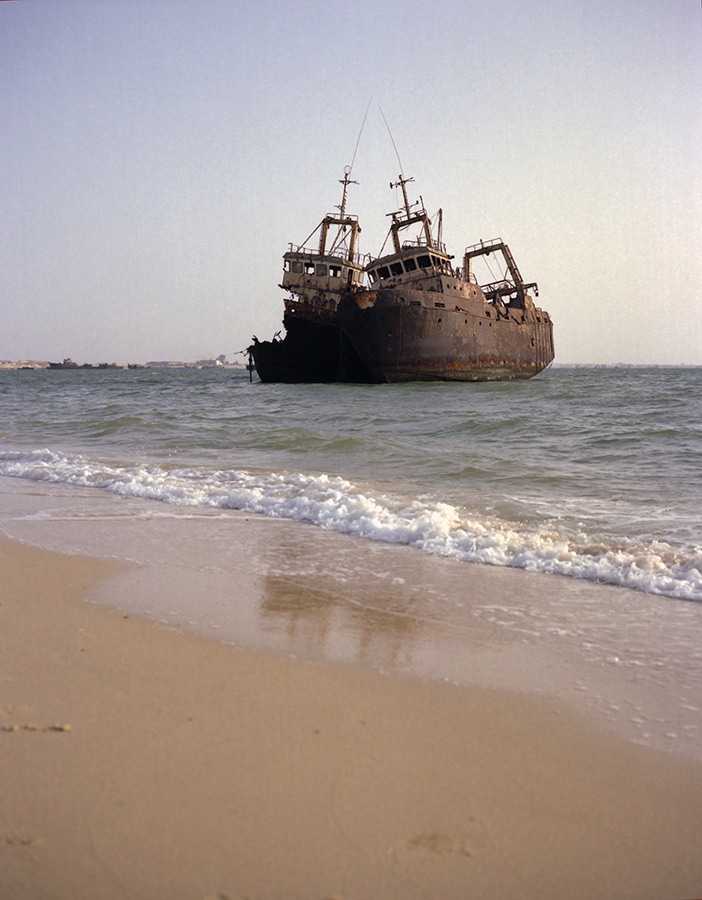 Pin
Pin 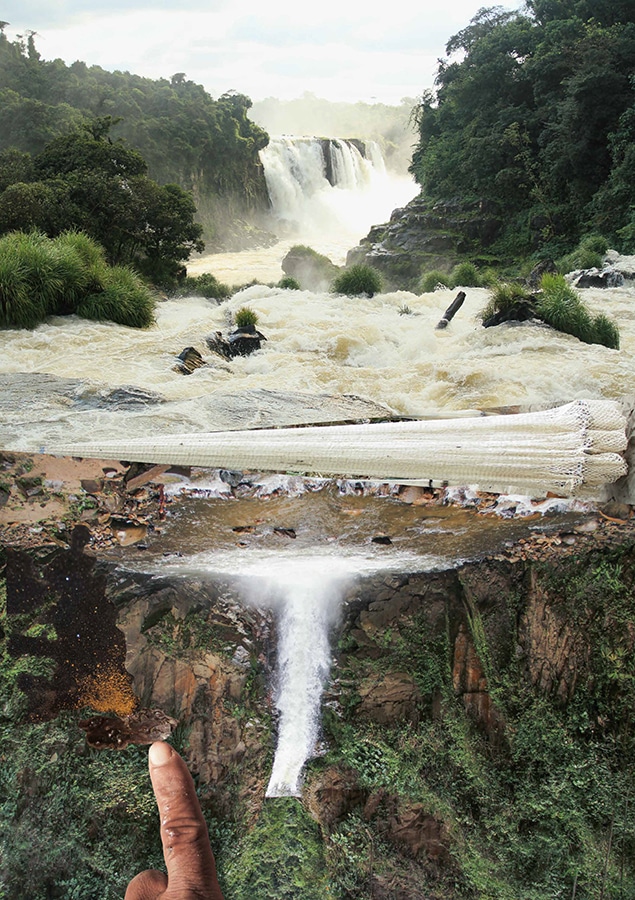 Pin
Pin Exploring the complex relationship between the climate crisis and colonialism, We Are History brings together works from 11 artists with connections to Africa, South America and the Caribbean to offer a different perspective on humanity’s impact on the planet. Curated by writer Ekow Eshun, the show includes a mix of prints, photography, textile and video installations to offer up a lyrical and thought-provoking exploration of nature as a place of both beauty and fragility. Though the roots of climate change are often linked to the beginning of the Industrial Revolution in the West, the exhibition invites viewers to delve back further – all the way to the 18th century colonial era – as it looks at how plantation agriculture and the forced mass migration of people through slavery reshaped lives and landscapes on a global scale.





